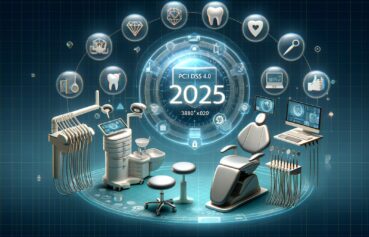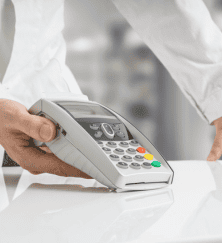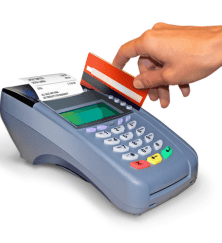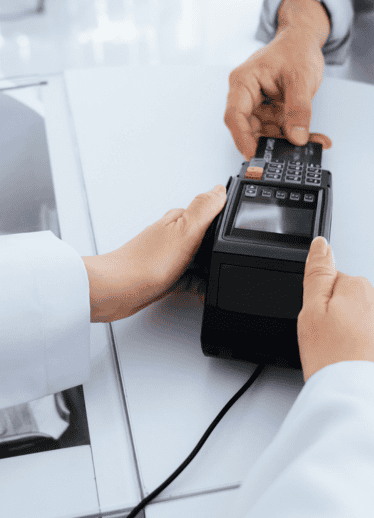Dentist Merchant Services
Fast, Flexible, and Secure Payment Options Tailored to Dental Offices
Welcome to Dentist Merchant Services
Unlock Efficiency and Trust with Dental Credit Card Processing
Streamlining financial transactions is essential for modern dental practices looking to deliver a seamless patient experience. Merchant services for dentists empower offices with dental credit card processing solutions designed to enhance both administrative efficiency and patient satisfaction.
We understand the unique needs of dental practices. We provide specialized credit card processing for dental offices that streamlines billing, reduces administrative burdens, and enhances your office’s efficiency. Our services are designed to integrate effortlessly with your existing systems, offering a robust solution that supports the financial health of your practice while prioritizing patient satisfaction..
- Fast, Secure Credit Card Payments
- Affordable Rates
- HIPAA and PCI DSS compliance
- Next Day Funding
- Quick Approvals
Service We Provide

Smarter Dental Payment Solutions Tailored to Your Practice
Streamline Transactions, Elevate Patient Experience, Reduce Costs
At Dentist Merchant Services, we understand the unique financial and operational needs of dental practices. Our mission is to provide seamless, secure, and cost-effective payment processing for dental offices so you can focus on patient care, not payment hassles.
From simplifying transactions to enhancing the overall patient experience, our merchant services for dentists are designed to help your practice operate more efficiently, maintain regulatory compliance, and grow revenue. Whether you run a solo clinic or a multi-location dental group, we provide flexible solutions to keep your payments smooth, transparent, and reliable.
Our comprehensive suite of services covers every aspect of dental office credit card processing, giving your practice a competitive edge. From point-of-sale systems to premium customer support and cutting-edge payment equipment, we make sure your dental practice is equipped for success.
With merchant services for dental practices, you get the tools and expertise needed to improve your billing operations, reduce transaction fees, and build lasting trust with your patients.

Payment Processing
Fast, secure, and reliable payment processing for dentists with support for all major credit cards, contactless payments, mobile wallets, and recurring billing—optimized for dental workflows.

Point of Sale Systems
Modern and user-friendly POS systems tailored for dental practices, including touch-screen interfaces, real-time inventory tracking, and patient profile integration.

Premium Customer Service
Get dedicated, expert-level support staff that understands the dental industry—available 24/7 to resolve issues, guide you through setup, and keep your systems running flawlessly.

Free Equipment Solutions
Many desktop publishing packages and web page editors now use Lorem Ipsum as their
Benefits of Choosing Dentist Merchant Services
Choosing the right payment partner can significantly impact your dental practice’s efficiency, patient satisfaction, and bottom line. At Dentist Merchant Services, we specialize in delivering payment processing for dental offices that goes beyond basic transactions.
Our solutions are designed specifically for dental professionals—ensuring compliance, convenience, and cost-effectiveness from day one. With a focus on simplifying the financial workflow and helping practices scale with confidence, we provide everything you need to streamline payments without sacrificing security or service.
Whether you’re a solo practitioner or managing a growing clinic, our dental merchant services offer a personalized experience tailored to your unique practice needs. From credit card processing for dentists to full-scale point-of-sale systems, we help you accept payments quickly and securely while reducing costs and minimizing disruptions. When you partner with us, you’re not just getting a merchant account—you’re gaining a trusted payment ally committed to your success.
- Industry-Specific Payment Solutions
- Compliant Payment Processing
- Zero Upfront Equipment Costs
- Integrated POS and Billing Systems
- Customized Rates for Dental Practices
- Fast & Easy Setup
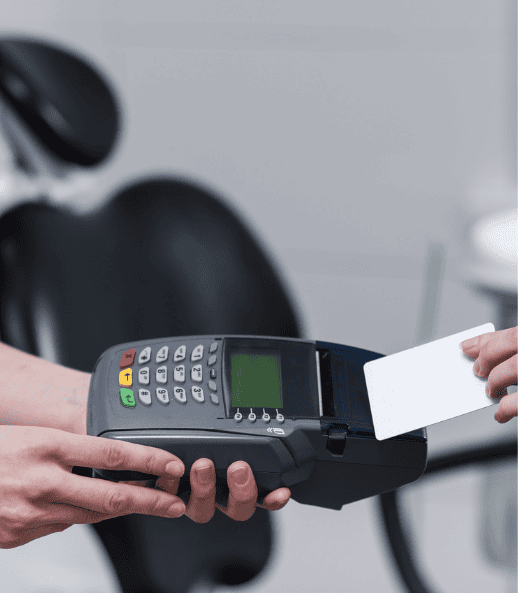
Dental Payment Processing for Your Practice’s Success
We understand the unique needs of dental practices. We provide specialized credit card processing for dental offices that streamlines billing, reduces administrative burdens, and enhances your office’s efficiency. Our services are designed to integrate effortlessly with your existing systems, offering a robust solution that supports the financial health of your practice while prioritizing patient satisfaction.
Choosing the Right Merchant Services for Your Dental Practice
When choosing a merchant services provider for your dental practice, it’s important to partner with a trusted and reliable company that understands the unique needs of the healthcare industry. Dentist Merchant Services is a leading provider of payment processing solutions specifically designed for dental offices.
With Dentist Merchant Services, you can benefit from customized payment processing solutions tailored to your practice’s needs. Whether you’re a small dental office or a large multi-location practice, Dentist Merchant Services can provide you with the tools and support you need to streamline your payment processes and improve the overall patient experience.
Dentist Merchant Services offers competitive rates, transparent pricing, and 24/7 customer support to ensure that your practice runs smoothly and efficiently. With a focus on compliance and security, Dentist Merchant Services can help you navigate the complex world of payment processing with ease.
The Impact of Payment Processing on Patient Satisfaction
A seamless payment process is essential for enhancing the overall patient experience at your dental practice. Patients expect convenience and efficiency when it comes to paying for services, and a reliable payment processing system can help meet those expectations.
By offering multiple payment options, such as credit cards, debit cards, and mobile payments, you can cater to a wider range of patients and make it easier for them to pay for services. This can lead to increased patient satisfaction and loyalty, as well as positive word-of-mouth referrals for your practice.
Securing Your Dental Practice with Reliable Payment Processing Solutions
Security is paramount when it comes to payment processing for dental practices. With the rise of cyber threats and data breaches, it’s crucial to invest in secure payment processing solutions that protect your practice and your patients from potential risks.
Dentist Merchant Services offers state-of-the-art encryption technology, secure payment gateways, and fraud prevention tools to safeguard your practice against security threats. By implementing these security measures, you can build trust with your patients and demonstrate your commitment to protecting their sensitive information.

Finding the right payment processing for dental office needs can be tricky, but this service has streamlined our billing process. It’s saved me and my staff a lot of time and headaches, especially with online payments.
Our office recently upgraded to a new merchant services platform for dental practice, and I’m genuinely impressed. The system is reliable and easy for my front desk team to use, which makes checkouts faster for our patients.
Dentist payment processing is something we used to dread, but this solution made everything much more transparent. The support team is knowledgeable and always ready to help with any questions we have.
As a solo practitioner, efficient payment processing for dentists is essential. The transition was smooth, and I appreciate the clear statements and prompt deposits. It lets me focus more on my patients and less on paperwork.
Finding the right payment processing for dental office needs can be tricky, but this service has streamlined our billing process. It’s saved me and my staff a lot of time and headaches, especially with online payments.
Our office recently upgraded to a new merchant services platform for dental practice, and I’m genuinely impressed. The system is reliable and easy for my front desk team to use, which makes checkouts faster for our patients.
Dentist payment processing is something we used to dread, but this solution made everything much more transparent. The support team is knowledgeable and always ready to help with any questions we have.
As a solo practitioner, efficient payment processing for dentists is essential. The transition was smooth, and I appreciate the clear statements and prompt deposits. It lets me focus more on my patients and less on paperwork.
Merchant Services And
Credit Card Processing Blog







